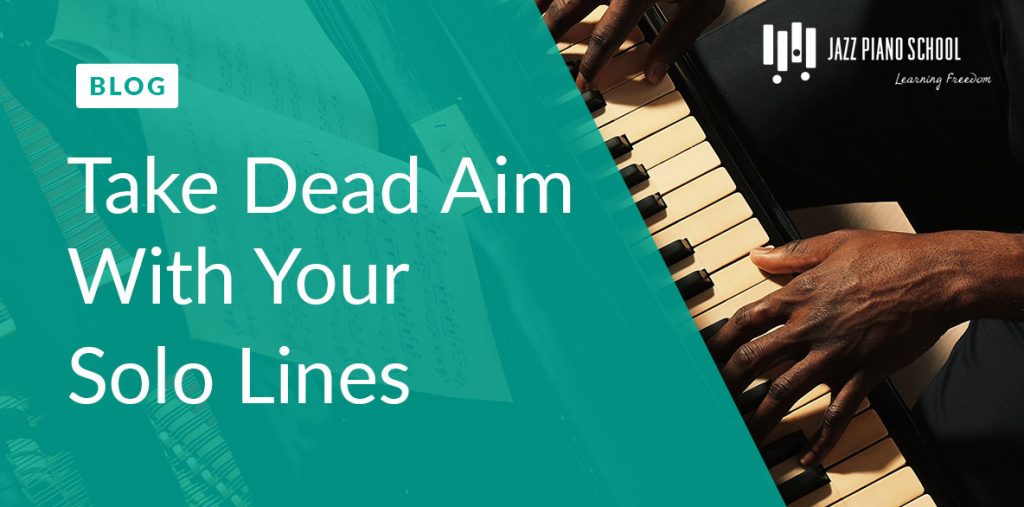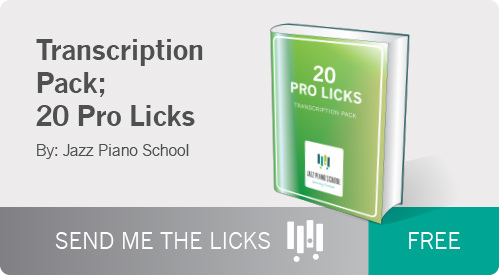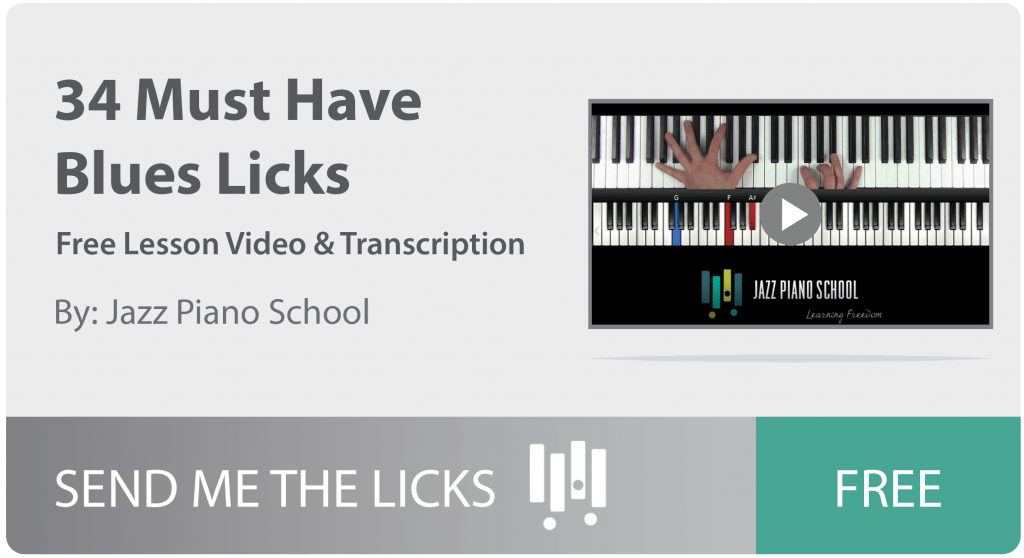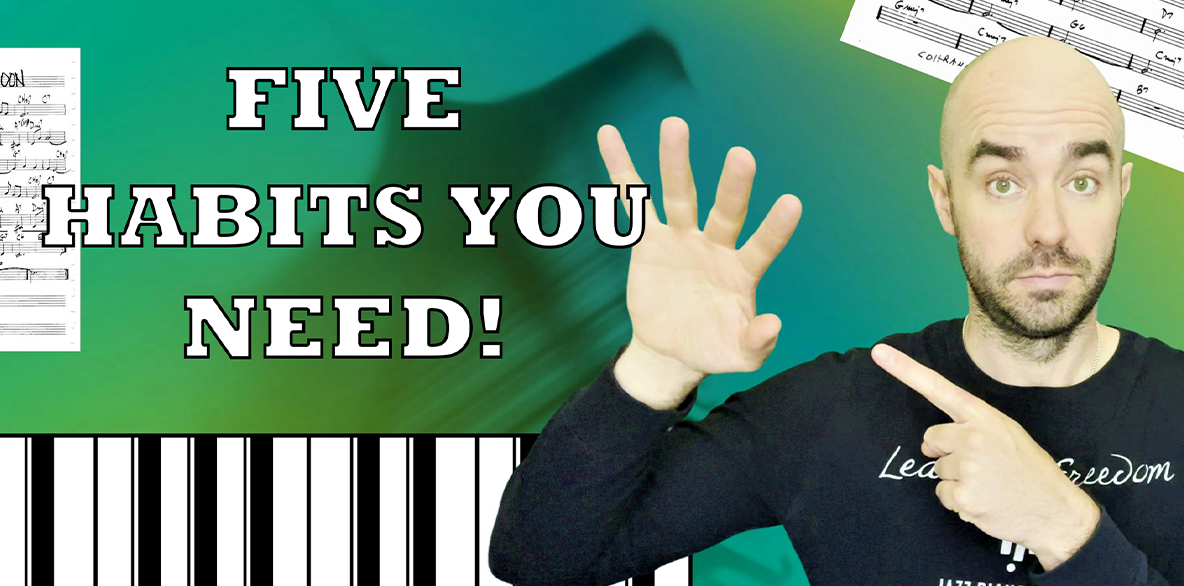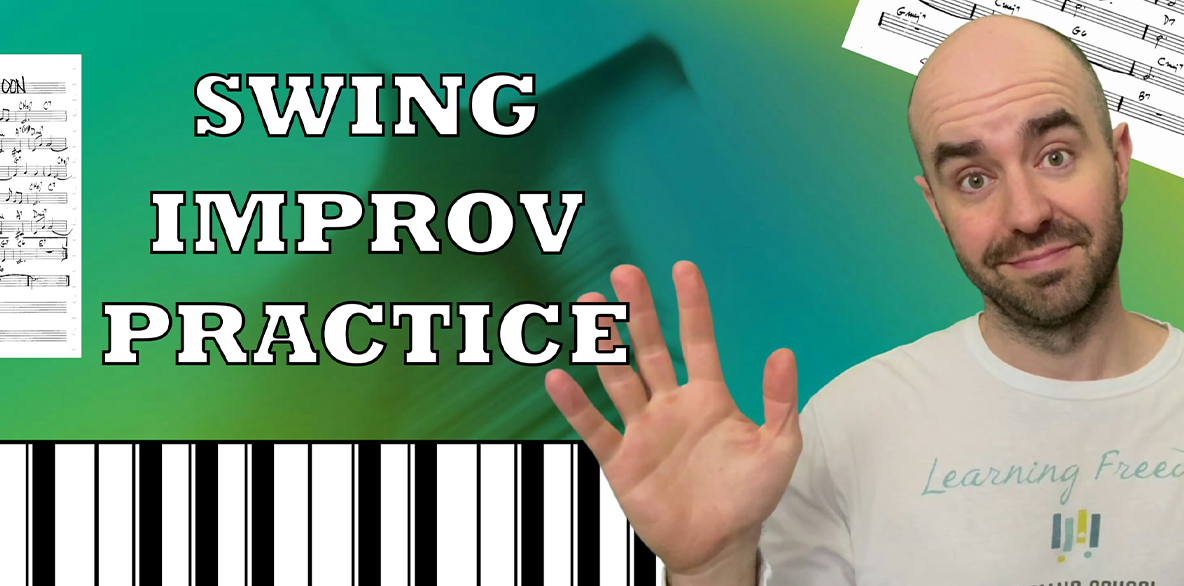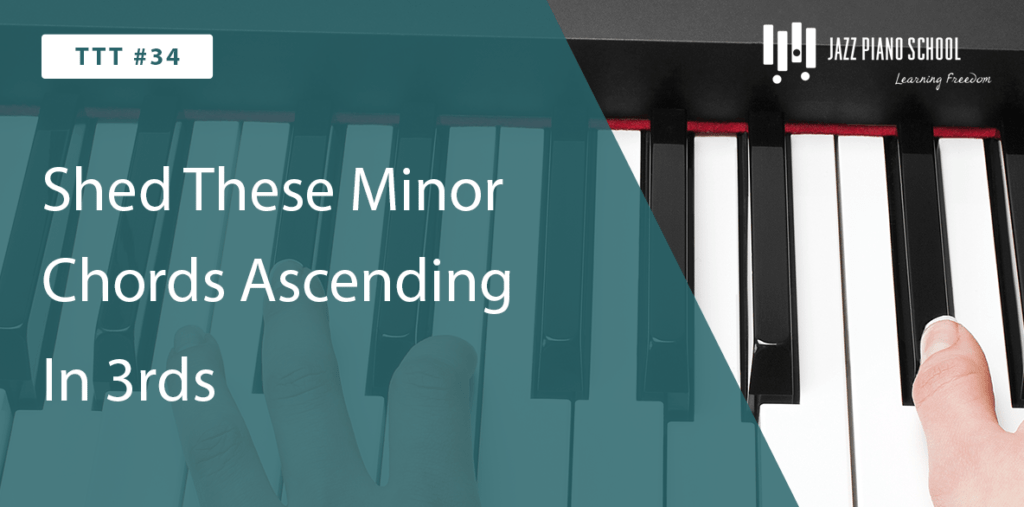Why do some solos sound crappy? What makes a solo not sound good? Obviously there a lot of reason. But the main reason people’s improv doesn’t sound good is because their melodic content is dead on with the harmonies. Let me explain.
Chord Tones with your soloing
Every chord you are playing over is made up of four chord tones that create a harmonic structure. Not to complex right? Hopefully not. When you solo you should be reflecting the harmonic structure of your LH by playing those notes in your RH to improvise. For example, if the chord is C7 and your LH is playing the notes C, E, G, Bb, then in your RH if you use any of those to solo with you will be taking dead aim at the harmonies. There is no way when you play chord tones your playing will sound bad.
Playing Non-Chord Tones
People tend to get in trouble with their solo’s when they begin to venture outside the chord tones, which is great! You want to explore and be creative, but you need to know how to do it properly. If you are guessing at certain notes than you will be hitting notes that do not blend with the harmonic structure and it will sound like nails on a chalkboard. For example, if you are playing the C7 in your LH, the notes C, E, G, and Bb and your RH is hitting a F natural, this F is going to clash very badly with the E in your LH because you have no formed a major second. You need to be aware of things because they make your solo sound terrible. Be aware of the non chord tones you are hitting. On every chord there are certain non chord tones that will work better than other with each chord. You should think of these non-chord tones as glue or passing tones to hold the stones, (chord tones), together.
Chord Tones on downbeats, non chord tones on up beats
Down beats are considered the strong beat while up beats are the off beat. If you are playing chord tones on strong beats how do you think will sound? Great, right? You have strong harmonic notes on strong beats, you can’t go wrong. Well let’s flip this. What happens if you are playing chord tones on all off beats and non-chord tones on down beats? Terrible. You are now emphasizing the non chord tones on the strong beats so they will be clashing with your left hand chord. You need to be aware rhythmically of where you are placing your chord tones and non chord tones. Otherwise your solo may sound all out of whack.
Connection of harmonies
The last point to remember to take dead aim is the connection of harmonies. When harmonies change from one chord to another this is a very important point in the piece, between every single chord, not just one or two. Every time you change chords you need to make sure RH is reflecting this change by landing on a chord tone of the new chord. If you are constantly landing on non chord tones when the chord changes it is going to sound like the music is completely lost. You need to emphasize these changes in both hands to support the harmonic change, otherwise the harmonies will be lost along with the piece.
Stick to these 4 points and your solo will drastically improve. Take your time in order to accomplish this.
Happy Practicing!
Brenden
[Tweet “I really enjoyed this post. Check it out! #jazzpiano #jazzpianoschool”]
Feel free to subscribe to our email tips and bonus content. Simply click below.
[ninja-popup ID=380] [/ninja-popup]
[/ninja-popup]


